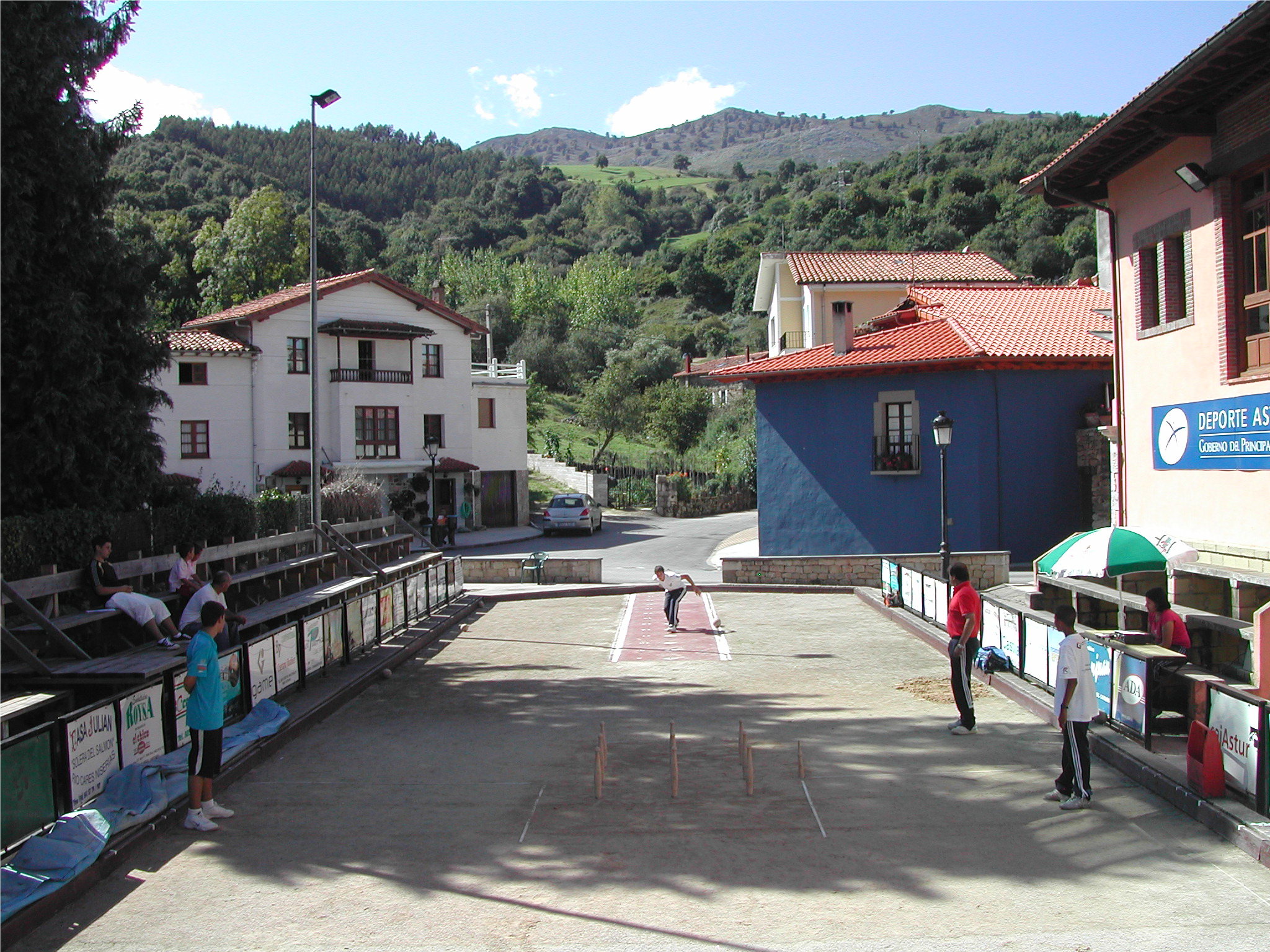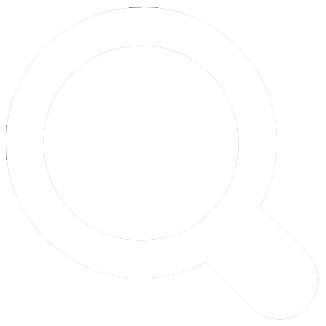
Puntos de Interés

Municipality
Panes

The town of Panes is in the east of Asturias, near the boundary with Cantabria. This town, situated along the banks of the salmon-rich Deva River, is the capital of the Peñamellera Baja municipality and of the rural parish that is also called Panes. Its fascinating landscape of forests and mountains provides the opportunity to enjoy a spectacular rural setting between the Sierra de la Cuera, located to the north of Panes, and the Eastern Massif or Andara of the Picos de Europa National Park, to the south.
The first settlements in Panes date back to the Upper Paleolithic, when the cave of La Loja, located two kilometres east of the town, was used as a settlement. The cave of La Loja, part of the village of El Mazo, is one of the nearly twenty historical sites in Peñamellera Baja. What makes it really interesting is its exceptional rock art. Its well-preserved paintings depict five bovids and a horse against a black background. This narrow cave, which is approximately 100 metres in length, has been classified as a Cultural Heritage Site. You will need to reserve and buy tickets in advance if you want to visit the cave.
The Bowling Museum is another attraction in Panes, located inside the village. This museum is dedicated to this universal sport that is widely practised in the Cantabria region. The museum houses a collection of various exhibitions on how the materials for this traditional sport were prepared, the fourteen Asturian varieties of bowling, throwing techniques, and notable players in the world of bowling, to name a few.
Furthermore, in the outskirts of the village we can find architectural treasures, such as the Church of San Juan de Ciliergo that dates back to the end of the 13th century. This ancient Romanesque shrine held great value in the village during the Late Middle Ages, and it was only with the suppression of its parish functions and a fire during the Spanish Civil War that the building fell into disrepair. The structure of the church is supported by a single rectangular nave and square chancel. Its exterior includes a bell gable, angular buttresses, and capitals with armament-themed decoration that are characteristic of the Romanesque architectural style of Villaviciosa.
In the vicinity of the Church of Saint Juan de Ciliergo, you will find the Palace of San Román. This group of manor houses is the best example of residences belonging to the Mier dynasty. They are the best-preserved, complete, and ornamented buildings. The Mier family was a noble lineage that maintained control and dominance over several local councils in eastern Asturias. Built in the 17th century, the palace boasts a Romanesque architectural style that beckons exploration. The two-story heraldic manor, with its chapel and servants’ quarters, blends perfectly into the surrounding landscape. Its thick walls conceal a sensational central courtyard where you can admire the buildings, and the atmosphere of traditional and folk influences. The Palace of San Román has been declared an Asset of Cultural Interest.
Part of the culture of Panes can be experienced through its gastronomy, as it produces a style of cheese that is unique to the region. It is called Queso de Monje (Monk’s Cheese), and there are four varieties. Cheese is so important here that the Cheese Festival has become part of local tradition. Every last weekend of July, local products from the Picos de Europa area and other regions of Asturias are showcased in Panes, and the true star of the show is the cheese. There are gastronomic events where visitors can enjoy Asturian products.


